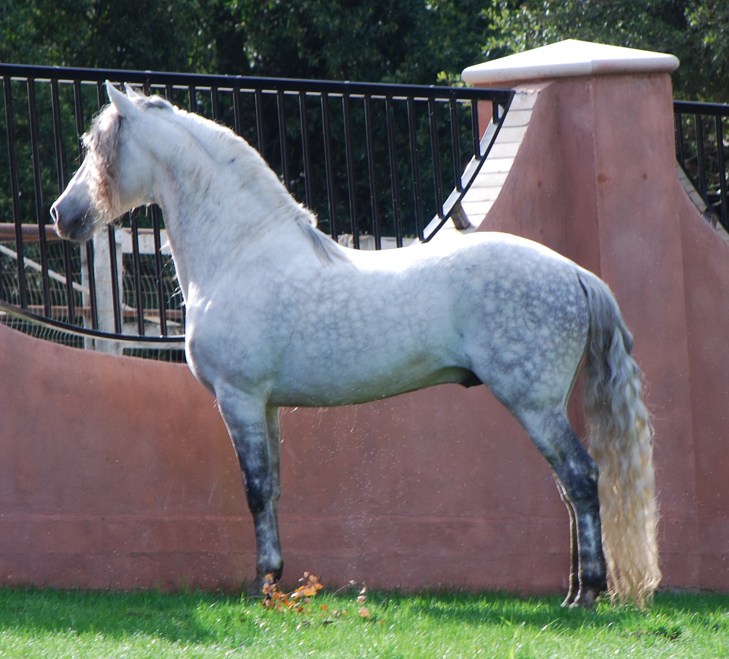
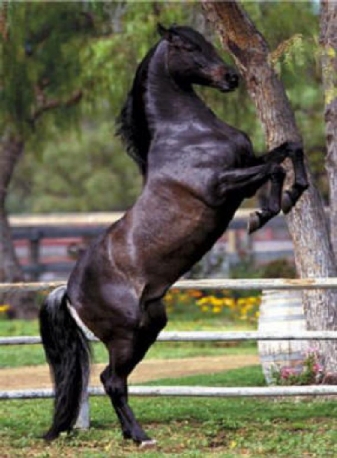
Andalusian horses
Ever heard someone say they own a PRE and wonder that that was? The Andalusian is a PRE – Pura Raza Espanola – or Pure Spanish Horse. The Lusitano, a horse very closely related to the Andalusian,
is also classified as a PREThe Andalusian is a sight to behold, for sure. They are powerful and graceful, horses straight from our fantasies. For me most Andalusians are recognizable by their
head and eyes, their manes, sometimes their colour and their back above the tail. Their body is strong and their legs flexible. The picture on the right above and left below has a true Andalusian head.


Flamenco
pronunciation: [flaˈmeŋko]), in its strictest sense, is a professionalized art-form based on the various folkloric music traditions of Southern Spain in the autonomous communities
of Andalusia, Extremadura and Murcia. In a wider sense, it refers to these musical traditions and more modern musical styles which have themselves been deeply influenced by and
become blurred with the development of flamenco over the past two centuries. It includes cante (singing), toque (guitar playing), baile (dance), jaleo (vocalizations),
palmas (handclapping) and pitos (finger snapping).
A Flamenco dancer goes to the party.
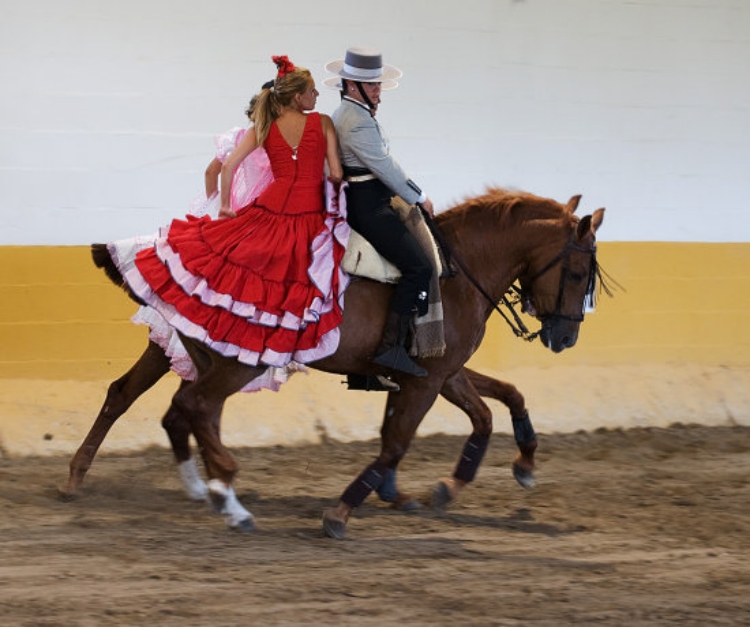
Andalusian, also known as the Pure Spanish Horse or PRE (Pura Raza Española), is a horse wide from the Iberian Peninsula, where its ancestors have lived for thousands of years.
The Andalusian has been widely recognized since the 15th century, and its conformation has changed very little over the centuries. Throughout its history, it has been known for its prowess
as a war horse, and was prized by the nobility. The broad was used as a tool of diplomacy by the Spanish government, and kings across Europe red and owned Spanish horses. During the 19th
century, warfare, disease and crossbreeding reduced numbers dramatically, and despite some recovery in the late 19th century, the trend continued into the early 20th century. Exports of Andalusians
from Spain were restricted until the 1960s, but the breed has spread throughout the world, despite their low population. In 2010, there were more than 185,000 registered Andalusians worldwide.
Strongly built, compact yet elegant, Andalusians have long, thick manes and tails. Their most common coat color is gray, although they can be found in many other colors. They are known for
their intelligence, sensitivity and docility. A sub-strain within the broad known as the Carthusian is considered to be the purest strain of Andalusian, although there is no genetic evidence for this claim.
The strain is still considered separate from the main, but is preferred by breeders because buyers pay more for horses or Carthusian bloodlines. There are several competing registries, keeping records
of horses as Andalusian or PRE, but they differ on their definition of the and the purity of various strains of the broad, and the legalities of stud book ownership. At least one lawsuit is in progress
as of 2011, to determine the ownership of the Spanish PRE stud book.
The Andalusian is closely related to the Lusitano of Portugal, and has many other broads, especially in Europe and the Americas. Breeds with Andalusian ancestry include many of the warmbloods in
Europe as well as western hemisphere broads such as the Azteca. About the ages of development, the Andalusian has been selected for athleticism and stamina. The horses were used for classical
dressage, driving, bullfighting, and as stock horses. Modern Andalusians are used for many equestrian activities, including dressage, show jumping and driving. The broad is also used extensively
in movies, especially historical pictures and fantasy epics.
The Characteristics
A "cobra" of Andalusians, that is, a group of mares shown by a single handler
Andalusians stallions and geldings average 15.1 1⁄2 hands (61.5 inches, 156 cm) at the withers and 512 kilograms (1,129 lb) in weight; mares average 15 1⁄2 hands (60.5 inches, 154 cm)
and 412 kilograms (908 lb). The Spanish government has set the minimum height for registration in Spain at 15.0 hands (60 inches, 152 cm) for males and 14.3 hands (59 inches, 150 cm)
for mares — this standard is followed by the Association of Purebred Spanish Horse Breeders of Spain (Asociación Nacional de Criadores de Caballo de Pura Raza Española or ANCCE)
and the Andalusian Horse Association of Australasia. The Spanish legislation also requires that in order for animals to be approved as either "qualified" or "élite" breeding stock,
stallions must stand at least 15.1 hands (61 inches, 155 cm) and mares at least 15 1⁄4 hands (60.25 inches, 153 cm).
Andalusian horses are elegant and strongly built. Members of the breed have heads of medium length, with a straight or slightly convex profile. Ultra convex and concave profiles are discouraged
in the breed, and are penalized in breed shows.[5] Necks are long and broad, running to well-defined withers and a massive chest. They have a short back and broad, strong hindquarters with a
well-rounded croup. The breed tends to have clean legs, with no propensity for blemishes or injuries, and energetic gaits. The mane and tail are thick and long, but the legs do not have excess feathering.
Andalusians tend to be docile, while remaining intelligent and sensitive. When treated with respect they are quick to learn, responsive, and cooperative.
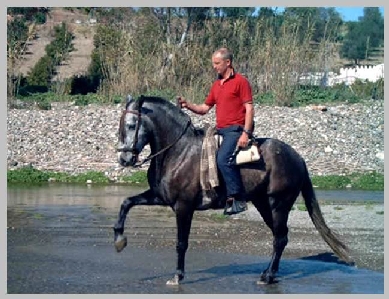
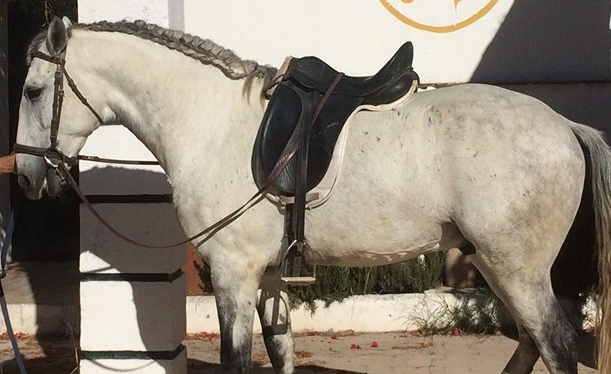
There are two additional characteristics unique to the Carthusian strain, believed to trace back to the strain's foundation stallion Esclavo. The first is warts under the tail, a trait which Esclavo passed to his
offspring, and a trait which some breeders felt was necessary to prove that a horse was a member of the Esclavo bloodline. The second characteristic is the occasional presence of "horns", which are
frontal bosses, possibly inherited from Asian ancestors. The physical descriptions of the bosses vary, ranging from calcium-like deposits at the temple to small horn-like protuberances near or behind the
ear. However, these "horns" are not considered proof of Esclavo descent, unlike the tail warts.
In the past, most coat colors were found, including spotted patterns. Today most Andalusians are gray or bay; in the US, around 80 percent of all Andalusians are gray. Of the remaining horses,
approximately 15 percent are bay and 5 percent are black, dun or palomino or chestnut. Other colors, such as buckskin, pearl, and cremello, are rare, but are recognized as allowed
colors by registries for the breed.
In the early history of the breed, certain white markings and whorls were considered to be indicators of character and good or bad luck. Horses with white socks on their feet were
considered to have good or bad luck, depending on the leg or legs marked. A horse with no white markings at all was considered to be ill-tempered and vice-ridden, while certain
facial markings were considered representative of honesty, loyalty and endurance. Similarly, hair whorls in various places were considered to show good or bad luck, with the most
unlucky being in places where the horse could not see them – for example the temples, cheek, shoulder.
Naming and registration
Until modern times, horse breeds throughout Europe were known primarily by the name of the region where they were bred. Thus the original term "Andalusian" simply described the horses of distinct
quality that came from Andalusia in Spain. Similarly, the Lusitano, a Portuguese horse very similar to the Andalusian, takes its name from Lusitania, an ancient Roman name for Portugal.
The Andalusian horse has been known historically as the Iberian Saddle Horse, Iberian War Horse, Spanish Horse, Portuguese, Peninsular, Extremeño, Villanos, Zapata, Zamoranos, Castilian,
and Jennet. The Portuguese name refers to what is now the Lusitano, while the Peninsular, Iberian Saddle Horse and Iberian War Horse names refer to horses from the Iberian Peninsula as a whole.
The Extremeño name refers to Spanish horses from the Extremadura province of Spain and the Zapata or Zapatero name to horses that come from the Zapata family stud. The Villano name has
occasionally been applied to modern Andalusians, but originally referred to heavy, crossbred horses from the mountains north of Jaen. The Carthusian horse, also known as the Carthusian-Andalusian
and the Cartujano, is a sub-type of the Andalusian, rather than a distinct breed in itself. A common nickname for the Andalusian is the "Horse of Kings". Some sources state that the Andalusian
and the Lusitano are genetically the same, differing only in the country of origin of individual horses. Andalusians are in many colours.
Me in the water on a white Andalusian mare Nashua.
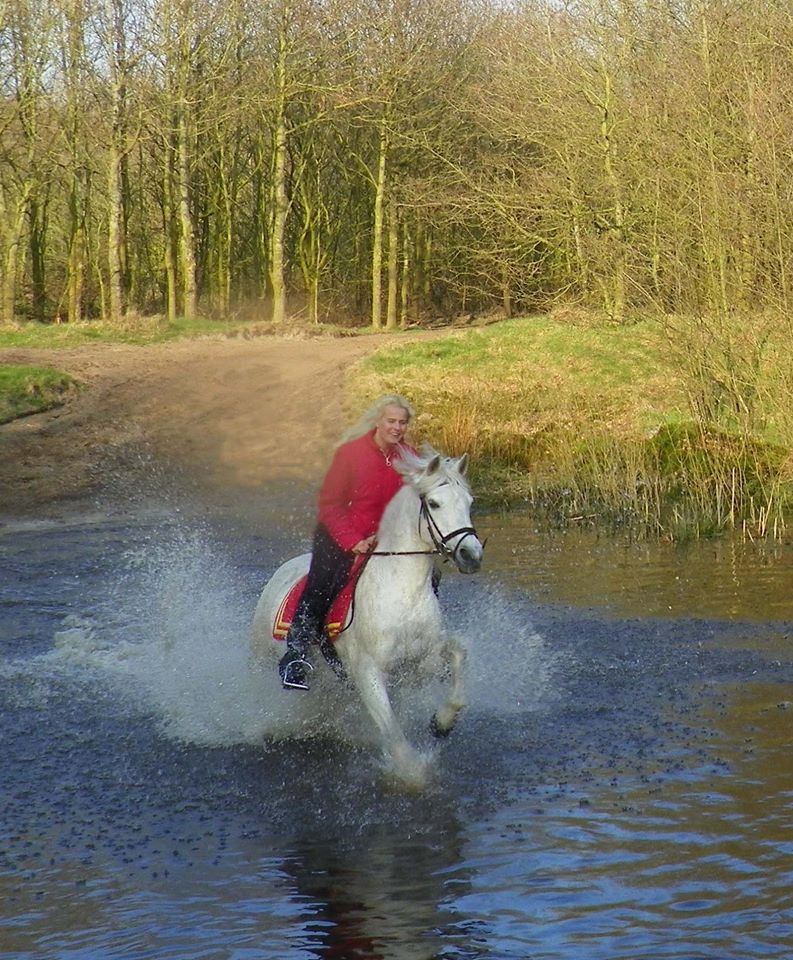
A Pure Spanish Horse
In many areas today, the breeding, showing, and registration of the Andalusian and Lusitano are controlled by the same registries. One example of this is the International Andalusian and Lusitano Horse
Association (IALHA), claimed to have the largest membership of any Andalusian registering organization. Other organizations, such as The Association of Purebred Spanish Horse Breeders of Spain
(Asociación Nacional de Criadores de Caballo de Pura Raza Española or ANCCE), use the term "Pura Raza Española" or PRE to describe the true Spanish horse, and claim sole authority to officially
register and issue documentation for PRE Horses, both in Spain and anywhere else in the world. In most of the world the terms "Andalusian" and "PRE" are considered one and the same breed, but the
public position of the ANCCE is that terms such as "Andalusian" and "Iberian horse" refer only to crossbreds, which the ANCCE considers to be horses that lack quality and purity, without official
documentation or registration from official Spanish Stud Book.
In Australasia, the Australasia Association registers Andalusians (which the registry considers an interchangeable term for PRE), Australian Andalusians, and partbred Andalusians. They share
responsibility for the Purebred Iberian Horse (an Andalusian/Lusitano cross) with the Lusitano Association of Australasia.[59] In the Australian registry, there are various levels of crossbred horses.
A first cross Andalusian is a crossbreed that is 50 percent Andalusian, while a second cross Andalusian is the result of crossing a purebred Andalusian with a first cross – resulting in a horse
of 75 percent Andalusian blood. A third cross, also known by the registry as an Australian Andalusian, is when a second cross individual is mated with a foundation Andalusian mare.
This sequence is known as a "breeding up" program by the registry.
19th century to present
Despite their ancient history, all living Andalusians trace to a small number of horses bred by religious orders in the 18th and 19th centuries. An influx of heavy horse blood beginning in the 16th century,
resulted in the dilution of many of the bloodlines; only those protected by selective breeding remained intact to become the modern Andalusian. During the 19th century, the Andalusian breed was threatened
because many horses were stolen or requisitioned in wartime, including the War of the Oranges, the Peninsular War and the three Carlist Wars. Napoleon's invading army also stole many horses. One herd
of Andalusians was hidden from the invaders however, and subsequently used to renew the breed. In 1822, breeders began to add Norman blood into Spanish bloodlines, as well as further infusions of
Arabian blood. This was partially because increasing mechanization and changing needs within the military called for horses with more speed in cavalry charges as well as horses with more bulk for
pulling gun carriages. In 1832, an epidemic seriously affected Spain's horse population, from which only one small herd survived in a stud at the monastery in Cartuja. During the 19th and early 20th centuries,
European breeders, especially the Germans, changed from an emphasis on Andalusian and Neapolitan horses (an emphasis that had been in place since the decline of chivalry), to an emphasis on the
breeding of Thoroughbreds and warmbloods, further depleting the stock of Andalusians. Despite this change in focus, Andalusian breeding slowly recovered, and in 1869, the Seville Horse Fair
(originally begun by the Romans), played host to between ten and twelve thousand Spanish horses. In the early 20th century, Spanish horse breeding began to focus on other breeds, particularly
draft breeds, Arabians, Thoroughbreds and crosses between these breeds, as well as crosses between these breeds and the Andalusian. The purebred Andalusian was not viewed favorably
by breeders or the military, and their numbers decreased significantly.
Andalusians only began to be exported from Spain in 1962.The first Andalusians were imported into Australia in 1971, and in 1973 the Andalusian Horse Association of Australasia was formed for the registration
of these Andalusians and their offspring. Strict quarantine guidelines prohibited the importation of new Andalusian blood to Australia for many years, but since 1999, regulations have been relaxed and more than
half a dozen new horses have been imported. Bloodines in the United States also rely on imported stock, and all American Andalusians can be traced directly to the stud books in Portugal and Spain. There are
around 8,500 animals in the United States, where the International Andalusian and Lusitano Horse Association (IALHA) registers around 700 new purebred foals every year. These numbers
indicate that the Andalusian is a relatively rare breed in the United States. In 2003, there were 75,389 horses registered in the stud book, and they constituted almost 66 percent of the horses in Spain.
Breed numbers have been increasing during the 21st century. At the end of 2010, a total of 185,926 Pura Raza Española horses were recorded in the database of the Spanish Ministerio de Medio
Ambiente, y Medio Rural y Marino. Of these, 28,801 or about 15% were in other countries of the world; of those in Spain, 65,371 or about 42% were in Andalusia.
Napoleon rode an Iberic horse, Andalusian horse
'The noblest horse in the world, the most beautiful that can be. He is of great spirit and of great courage and docile; hath the proudest trot and the best action in his trot,
the loftiest gallop, and is the lovingest and gentlest horse, and fittest of all for a king in his day of triumph." William Cavendish, the Duke of Newcastle, 1667
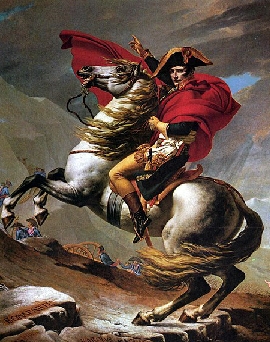
Strains and sub-types
The Carthusian Andalusian or Cartujano is generally considered the purest Andalusian strain, and has one of the oldest recorded pedigree lines in the world. The pure sub-type is rare, as only around 12 percent
of the Andalusian horses registered between the founding of the stud book in the 19th century and 1998 were considered Carthusians. They made up only 3.6 percent of the overall breeding stock, but 14.2 percent
of the stallions used for breeding. In the past, Carthusians were given preference in breeding, leading to a large proportion of the Andalusian population claiming ancestry from a small number of horses and
possibly limiting the breed's genetic variability. A 2005 study compared the genetic distance between Carthusian and non-Carthusian horses. They calculated a Fixation index (FST) based on genealogical
information and concluded that the distinction between the two is not supported by genetic evidence. However, there are slight physical differences; Carthusians have more "oriental" or concave head
shapes and are more often gray in color, while non-Carthusians tend toward convex profiles and more often exhibit other coat colors such as bay.
The Carthusian line was established in the early 18th century when two Spanish brothers, Andrés and Diego Zamora, purchased a stallion named El Soldado and bred him to two mares. The mares were descended
from mares purchased by the Spanish king and placed at Aranjuez, one of the oldest horse breeding farms in Spain. One of the offspring of El Soldado, a dark gray colt named Esclavo, became the foundation sire
of the Carthusian line. One group of mares sired by Esclavo in about 1736 were given to a group of Carthusian monks to settle a debt. Other animals of these bloodlines were absorbed into the main Andalusian
breed; the stock given to the monks was bred into a special line, known as Zamoranos. Throughout the following centuries, the Zamoranos bloodlines were guarded by the Carthusian monks, to the point of defying
royal orders to introduce outside blood from the Neapolitan horse and central European breeds. They did, however, introduce Arabian and Barb blood to improve the strain. The original stock of Carthusians
was greatly depleted during the Peninsular Wars, and the strain might have become extinct if not for the efforts of the Zapata family. Today, the Carthusian strain is raised in state-owned stud farms around Jerez
de la Frontera, Badajoz and Cordoba, and also by several private families. Carthusian horses continue to be in demand in Spain, and buyers pay high prices for members of the strain.
Influence on other breeds
Spain's worldwide military activities between the 14th and 17th centuries called for large numbers of horses, more than could be supplied by native Spanish mares. Spanish custom also called for mounted troops
to ride stallions, never mares or geldings. Due to these factors, Spanish stallions were crossed with local mares in many countries, adding Spanish bloodlines wherever they went, especially to other European breeds.
Because of the influence of the later Habsburg families, who ruled in both Spain and other nations of Europe, the Andalusian was crossbred with horses of Central Europe and the Low Countries and thus was
closely related to many breeds that developed, including the Neapolitan horse, Groningen, Lipizzaner and Kladruber. Spanish horses have been used extensively in classical dressage in Germany since the 16th century.
They thus influenced many German breeds, including the Hanoverian, Holstein, East Friesian and Oldenburg. Dutch breeds such as the Friesian and Gelderland also contain significant Spanish blood,
as do Danish breeds such as the Fredericksborg and Knabstrupper.
Andalusians were a significant influence on the creation of the Alter Real, a strain of the Lusitano, and the Azteca, a Mexican breed created by crossing the Andalusian with American Quarter Horse and
Criollo bloodlines. The Spanish jennet ancestors of the Andalusian also developed the Colonial Spanish Horse in America, which became the foundation bloodstock for many North and South American breeds.
The Andalusian has also been used to create breeds more recently, with breed associations for both the Warlander (an Andalusian/Friesian cross) and the Spanish-Norman
(an Andalusian/Percheron cross) being established in the 1990s.
Pure Spanish Horse
The name Pura Raza Española (PRE), translated as "Pure Spanish Horse," is the term used by the ANCCE, a private organization, and the Ministry of Agriculture of Spain. The ANCCE uses neither the term
"Andalusian" nor "Iberian horse", and only registers horses that have certain recognized bloodlines. In addition, all breeding stock must undergo an evaluation process. The ANCCE was founded in 1972.
Spain's Ministry of Agriculture recognizes the ANCCE as the representing entity for PRE breeders and owners across the globe, as well as the administrator of the breed stud book. ANCCE functions as the
international parent association for all breeders worldwide who record their horses as PRE. For example, the United States PRE association is affiliated with ANCCE, follows ANCCE rules, and has a
wholly separate governance system from the IALHA.
A second group, the Foundation for the Pure Spanish Horse or PRE Mundial, has begun another PRE registry as an alternative to the ANCCE. This new registry claims that all of their registered horses trace back
to the original stud book maintained by the Cria Caballar, which was a branch of the Spanish Ministry of Defense, for 100 years. Thus, the PRE Mundial registry asserts that their registry is the most authentic,
purest PRE registry functioning today.
As of August 2011, there is a lawsuit in progress to determine the legal holder of the PRE stud book. The Unión de Criadores de Caballos Españoles (UCCE or Union of Spanish Horse Breeders) has
brought a case to the highest European Union courts in Brussels, charging that the Ministry of Spain's transfer of the original PRE Libro de Origen (the official stud book) from the Cria Caballar to ANCCE
was illegal. In early 2009, the courts decided on behalf of UCCE, explaining that the Cria Caballar formed the Libro de Origin. Because it was formed by a government entity, it is against European
Union law for the stud book to be transferred to a private entity, a law that was broken by the transfer of the book to ANCCE, which is a non-governmental organization. The court found that by giving ANCCE
sole control of the stud book, Spain's Ministry of Defense was acting in a discriminatory manner. The court held that Spain must give permission to maintain a breed stud book (called a Libro Genealógico)
to any international association or Spanish national association which requests it. Based on the Brussels court decision, an application has been made by the Foundation for the Pure Spanish Horse to maintain
the United States stud book for the PRE. As of March 2011, Spain has not revoked ANCCE's right to be the sole holder of the PRE stud book, and has instead reaffirmed the organization's status.
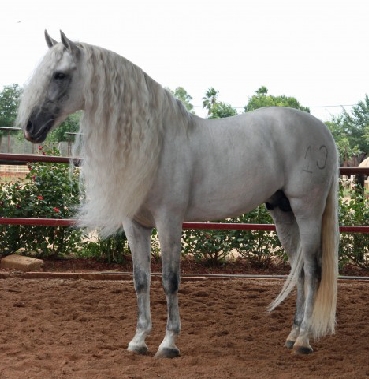
Uses
The Andalusian breed has over the centuries been consistently selected for athleticism. In the 17th century, referring to multi-kilometer races, Cavendish said, "They were so much faster than all other horses
known at that time that none was ever seen to come close to them, even in the many remarkable races that were run." In 1831, horses at five years old were expected to be able to gallop, without changing pace,
four or five leagues, about 12 to 15 miles (19 to 24 km). By 1925, the Portuguese military expected horses to "cover 40 km over uneven terrain at a minimum speed of 10 km/h, and to gallop a flat course
of 8 km at a minimum speed of 800 metres per minute carrying a weight of at least 70 kg", and the Spanish military had similar standards.
From the very beginning of their history, Andalusians have been used for both riding and driving. Among the first horses used for classical dressage, they are still making a mark in international competition
in dressage today. At the 2002 World Equestrian Games, two Andalusians were on the bronze-medal winning Spanish dressage team, a team that went on to take the silver medal at the 2004 Summer
Olympics. Today, the breed is increasingly being selectively bred for increased aptitude in classical dressage. Historically, however, they were also used as stock horses, especially suited to working with
Iberian bulls, known for their aggressive temperaments. They were, and still are, known for their use in mounted bull fighting. Mares were traditionally used for la trilla, the Spanish process of threshing
grain practiced until the 1960s. Mares, some pregnant or with foals at their side, spent full days trotting over the grain. As well as being a traditional farming practice, it also served as a test of endurance,
hardiness and willingness for the maternal Andalusian lines.
Andalusians today are used for show jumping, western pleasure and many other classes at horse shows. The current Traveler, the mascot of the University of Southern California, is an Andalusian.
The dramatic appearance of the Andalusian horse, with its arched neck, muscular build and energetic gaits, has made it a popular breed to use in film, particularly in historical and fantasy epics.
Andalusians have been present in films ranging from Gladiator to Interview with the Vampire, and Lara Croft Tomb Raider: The Cradle of Life to Braveheart. The horses have also been seen in
such fantasy epics as The Lord of the Rings film trilogy, King Arthur, and The Chronicles of Narnia: The Lion, the Witch and the Wardrobe. In 2006, a rearing Andalusian stallion, ridden by Spanish
conquistador Don Juan de Oñate, was recreated as the largest bronze equine in the world. Measuring 36 feet (11 m) high, the statue currently stands in El Paso, Texas
It’s no surprise that the Andalusian is used time and time again in movies – they are gorgeous and are the perfect “fairytale” horse. The Foundation For The Pure Spanish
Horse lists over 140 movies, and they are sure they have missed some. If you want to check them out, see the the imdb of Mario Luraschi. Many of his horses are Andalusians.
Most recently, Andalusians were used in the live-action Cinderella with Lily James, a beautiful movie all around.
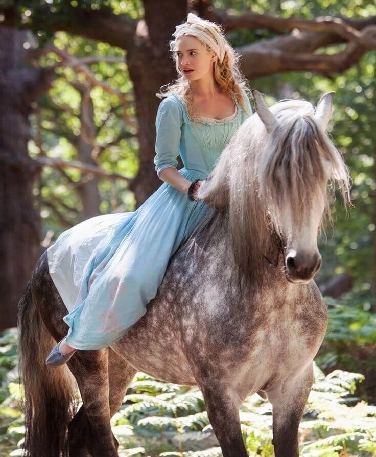
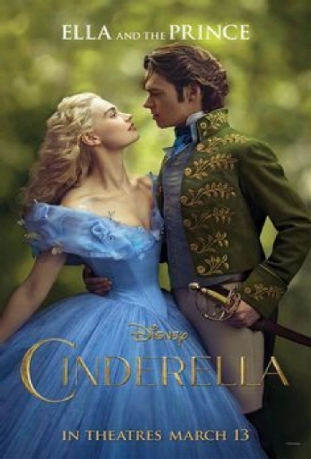
Joan of Arc 1999 Joan of Arc (TV Mini-Series)
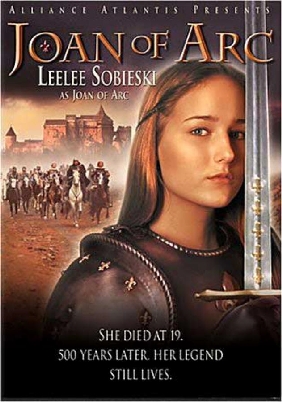
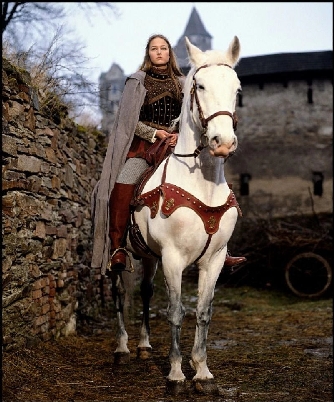
2001 The Mists of Avalon (TV Mini-Series)
The Mists of Avalon is a 2001 miniseries based on the 1983 novel of the same name by Marion Zimmer Bradley. Produced by American cable channel TNT, adapted by Gavin Scott,
and directed by Uli Edel the series is a retelling of the Arthurian legend with an emphasis on the perspectives of Morgan le Fay and other women of the tale. The first episode
was the highest-rated original movie on basic cable in the summer of 2001. A look back at the 1983 novel and its reframed feminist perspective on the classic male-centric tale of King Arthur.
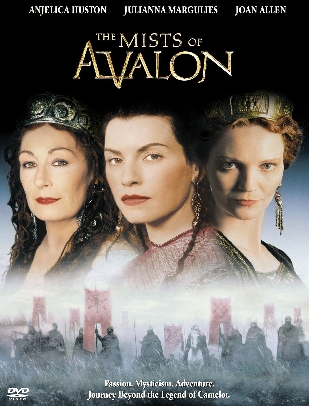
A view to a Kill as horseteam 1985
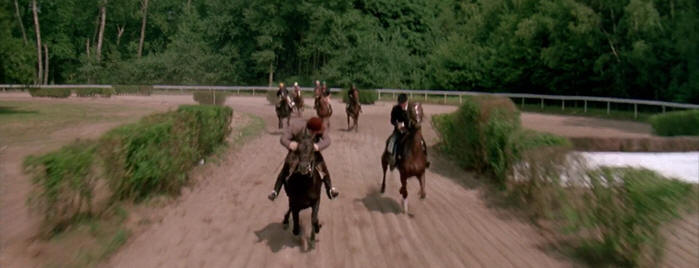
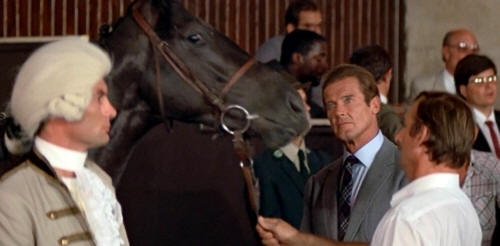
Napoleon 2002 mini series
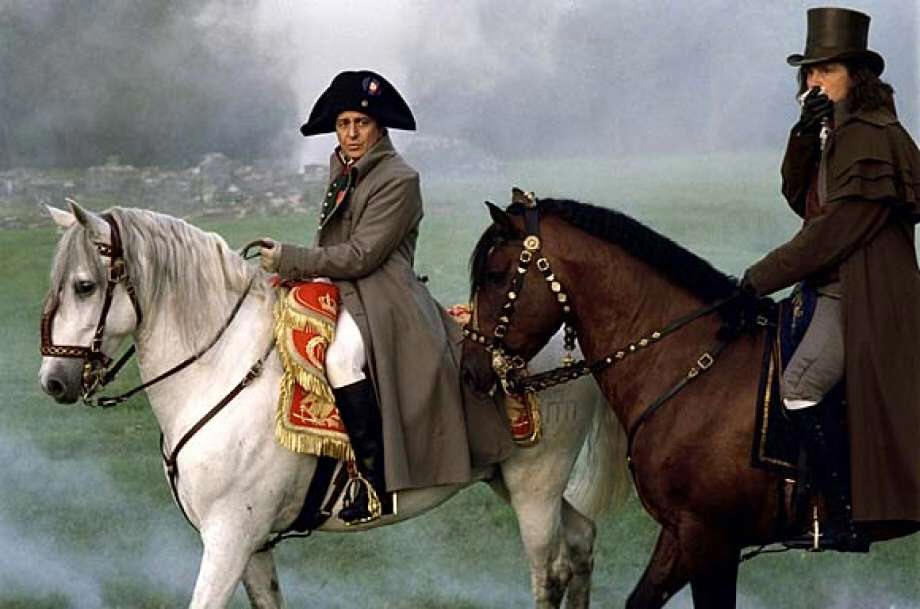
Napoleon and Josephine mini series 1987
Napoleon and Josephine: A Love Story is an American television miniseries broadcast on ABC from November 10 to 12, 1987. It stars Armand Assante as Napoleon Bonaparte and
Jacqueline Bisset as Joséphine de Beauharnais, with Stephanie Beacham as Therese Tallien, Patrick Cassidy as Hippolyte Charles, Jane Lapotaire as Letizia Bonaparte, Anthony Perkins
as Talleyrand, and Ione Skye as Pauline Bonaparte. It was directed by Richard T. Heffron, based on a screenplay by James Lee.
The plot focuses on the romantic relationship between Napoleon and Josephine from 1794 to 1814, only lightly touching on battles and other historical events. Executive producer
David L. Wolper, who had previously created prominent miniseries such as North and South (directed by Heffron) and Roots (written by Lee, among others), stated, "The mini-series
covers some of Napoleon's military accomplishments, but only as a backdrop to how the love between these two people affected France, the world and,
most importantly, Napoleon and Josephine themselves. I loved these series!
Lucky Luke (TV Series) 1992
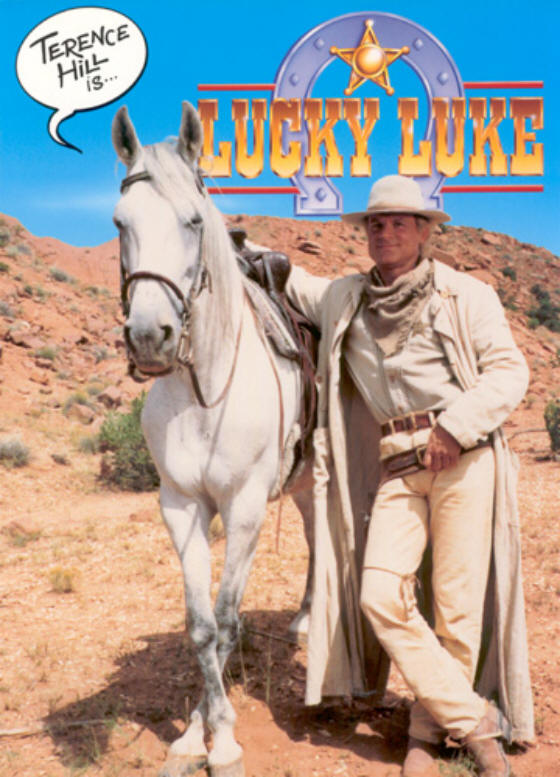
Mylene Farmer a French singer
She has two music clips with Mario Lurschi's horses in it.
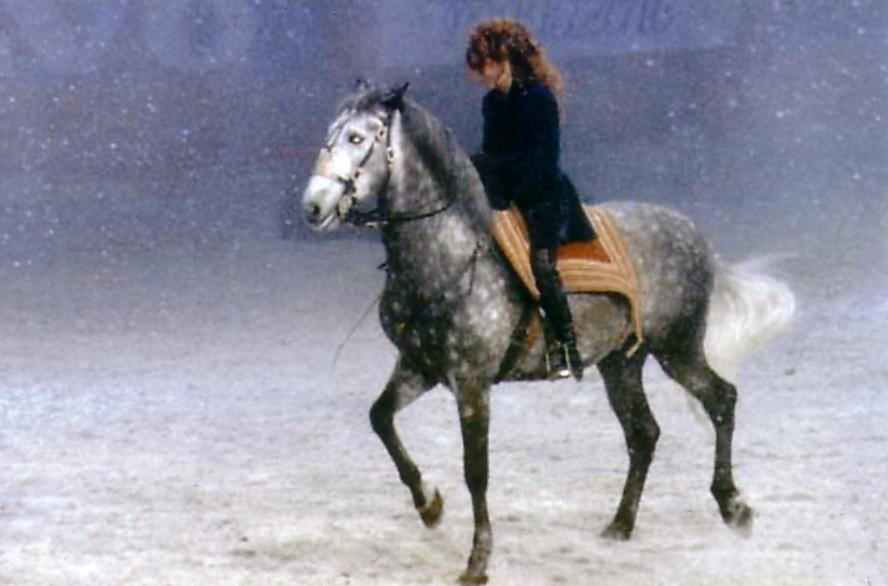
Take a look at some of these interesting facts about these fairytale-like horses!
The Andalusian has been recognized as a breed since the 16th century. King Felipe II of Spain is the one who formerly established the breed standard, which has remained almost unchanged since then.
When King Felipe II created the breed standard, he also changed the use of the horse from farm, bull fighting and war, to something more elegant. In 1567, he announced
an imperial decree to refine the breed into a high school dressage horse at the Royal Stables of Cordoba. (www.ialha.org)
Even before King Felipe II, Spanish horses where coveted as supreme war horses by the Ancient Greeks and Romans.
The first was when the Conquistadors came, beginning with Christopher Columbus’s second voyage in 1493. These are the horses that left their mark on our wild Mustangs,
some of which still bare the Spanish look, such as the sought-after Kiger Mustang of Oregon. The second introduction wasn’t until the 1960s and because of expensive
import fees, the population has grown slowly. According to the Foundation For The Pure Spanish Horse, only 5,000 of them are in America.
These horses have one parent that is registered as a Pure Spanish Horse and one that is not. They actually have names for certain crosses – so for example if your horse is a crossbetween a PRE
and a registered Quarter horse or Paint (APHA), it’s registered as an Azteca horse. An Arabian cross is a Spanish-Arab and a Friesian cross is a Warlander (love that one!). (an Azteca i s pictured below)
Crossbow and Andalusian horses
Gessler on the black temperamental Andalusian horse in episode 'the Bet'
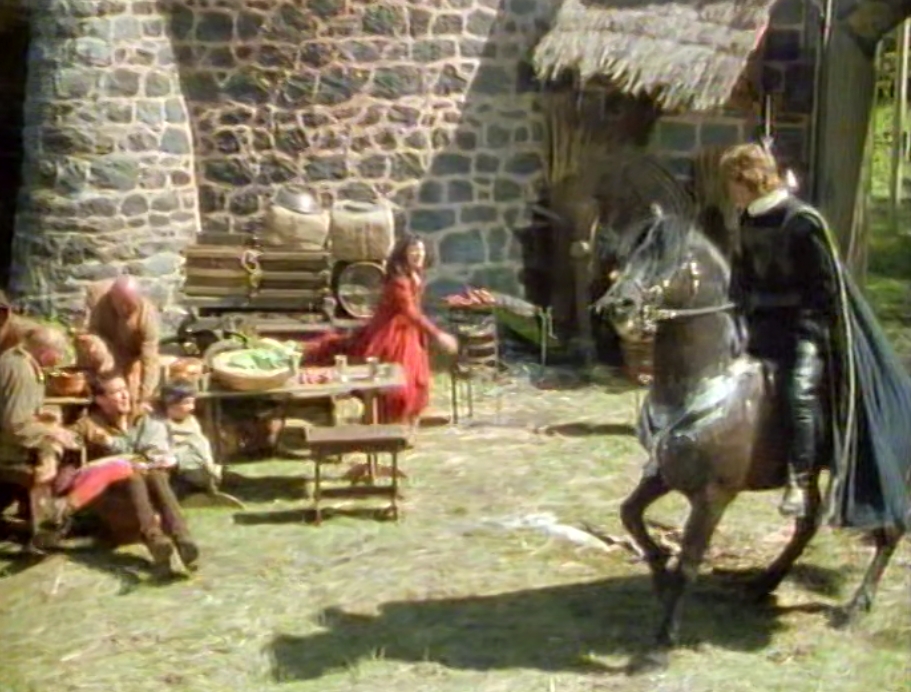
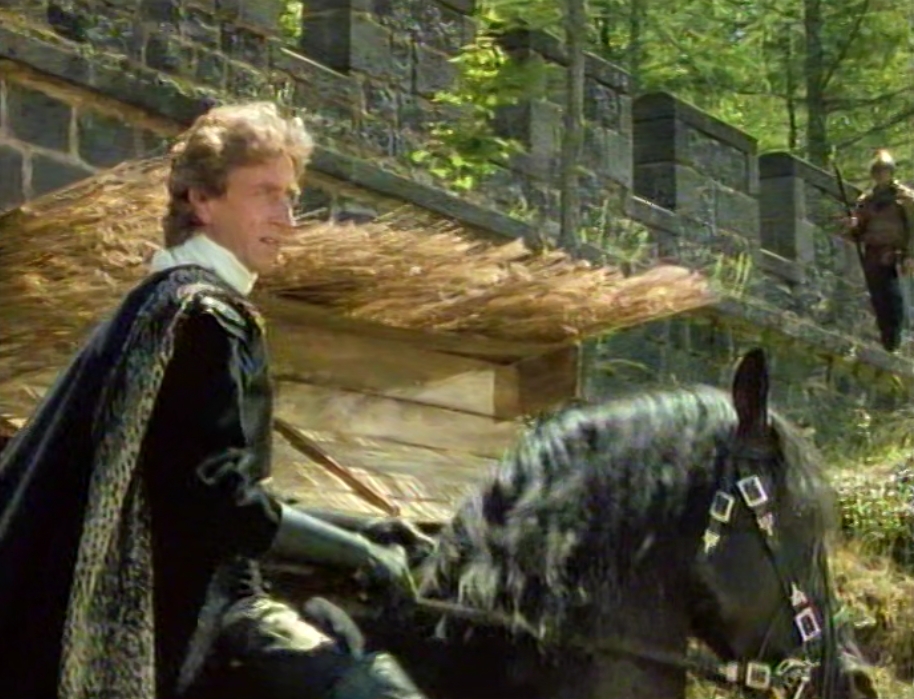
In episode The Pass in Desert of Entremont
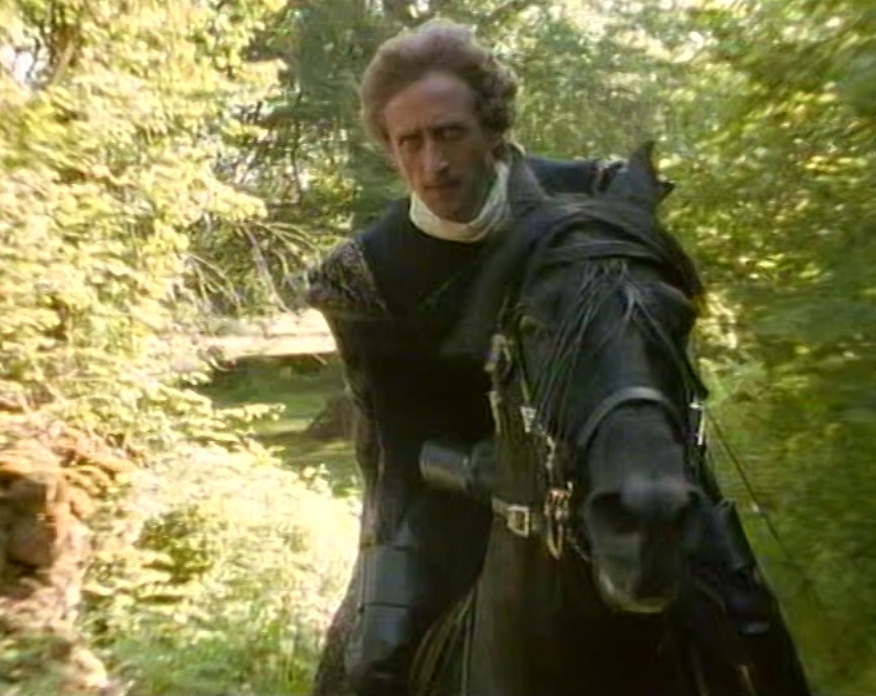
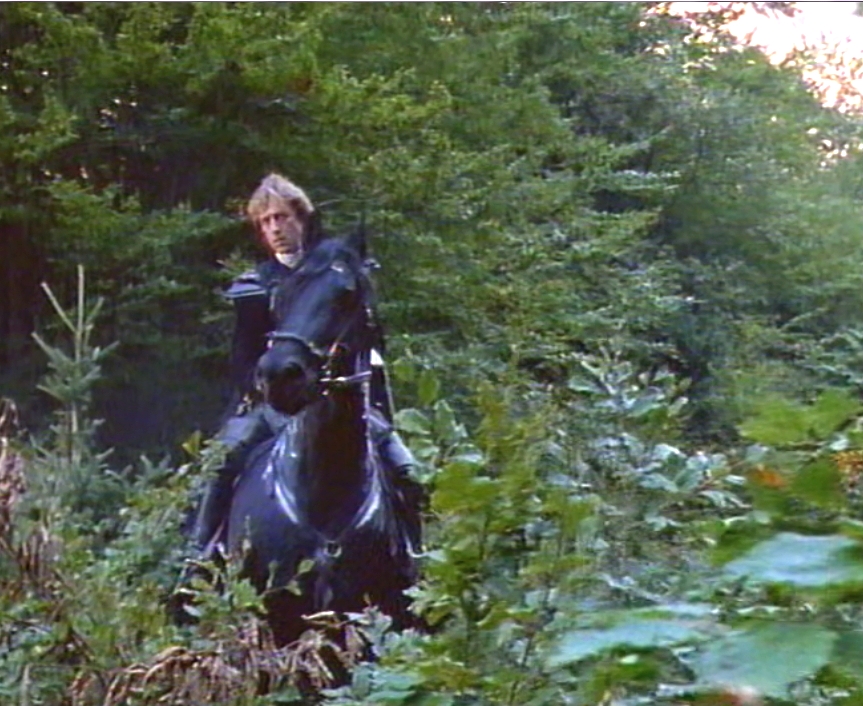
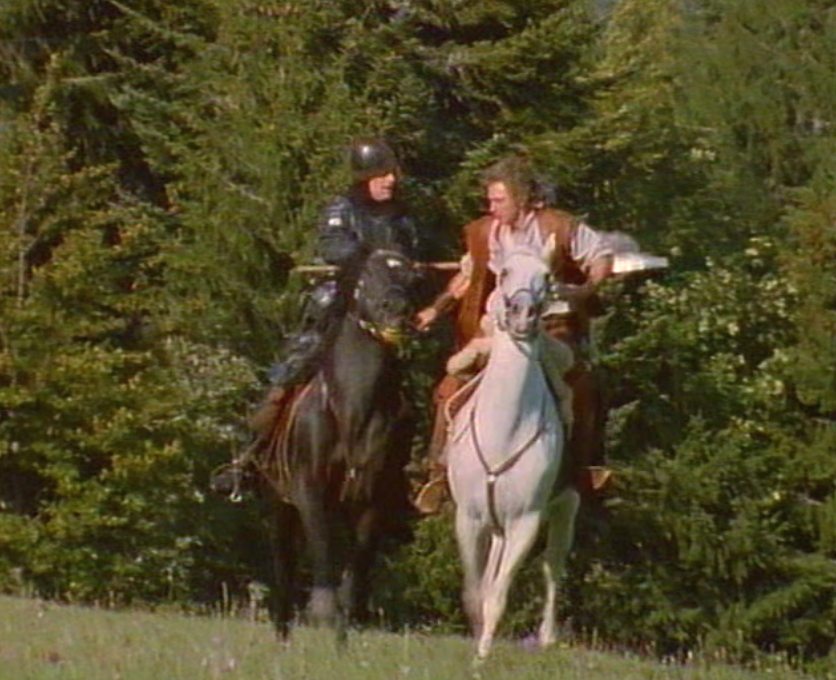
Episode: The Pass on an Andalusian. Very experienced rider of Mario Luraschi? Andalusian episode: Ladyship
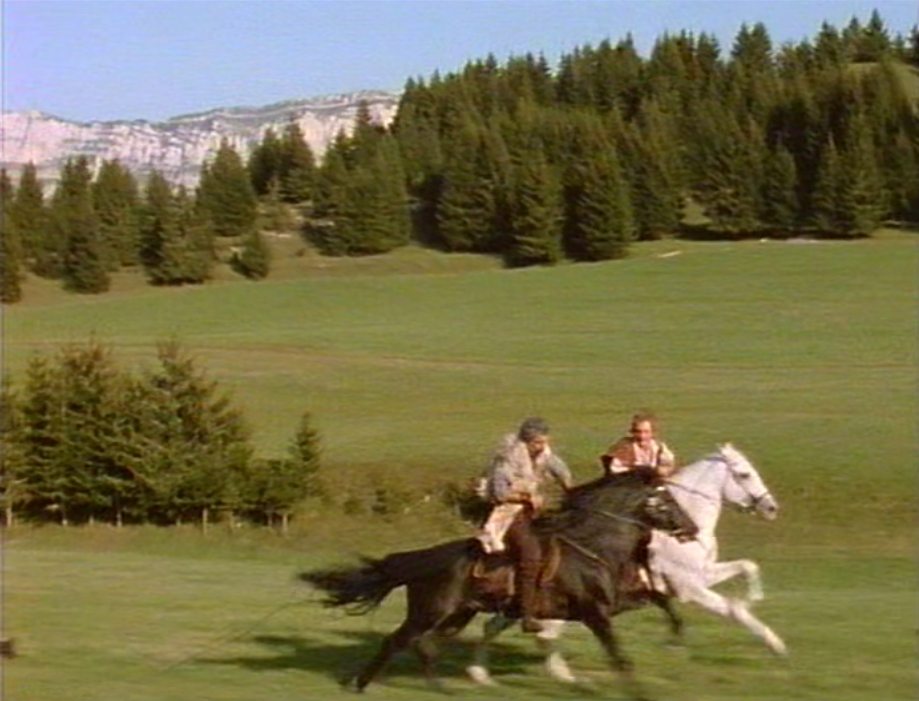
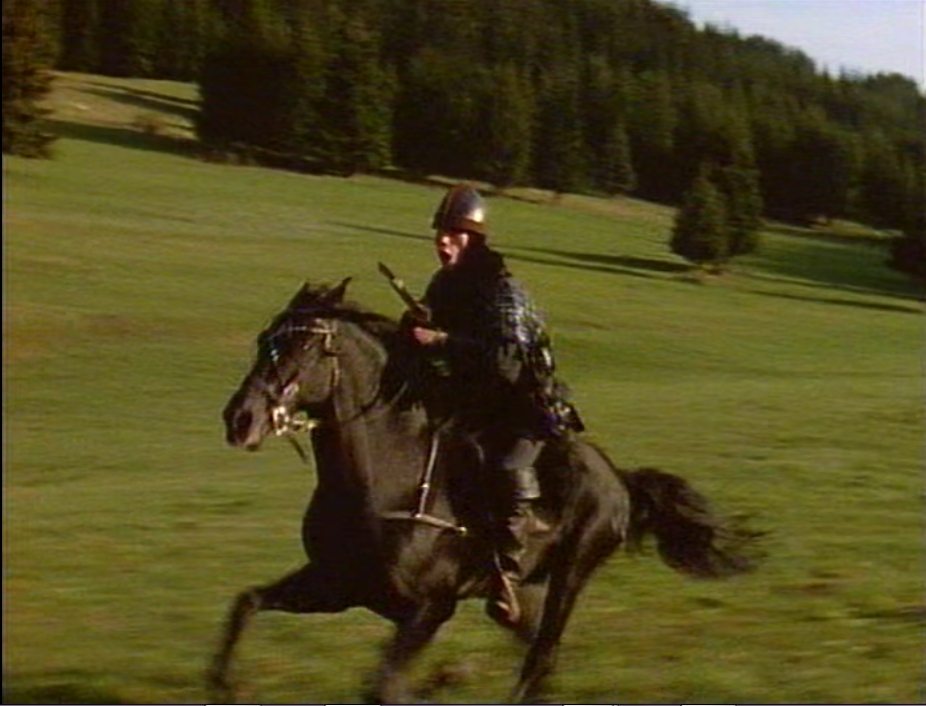
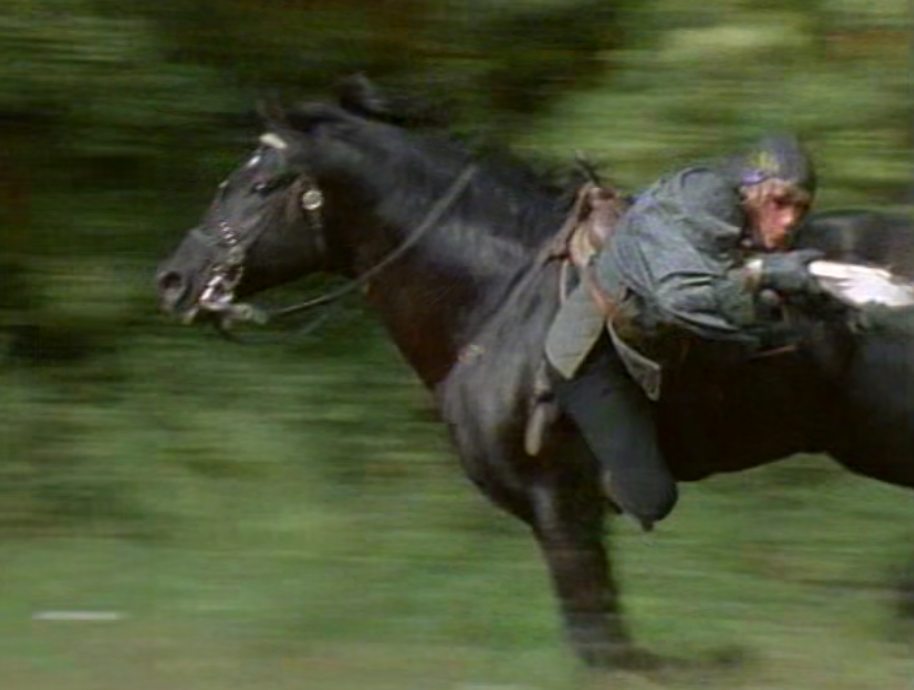
Andalusian and on the right a Friesian.
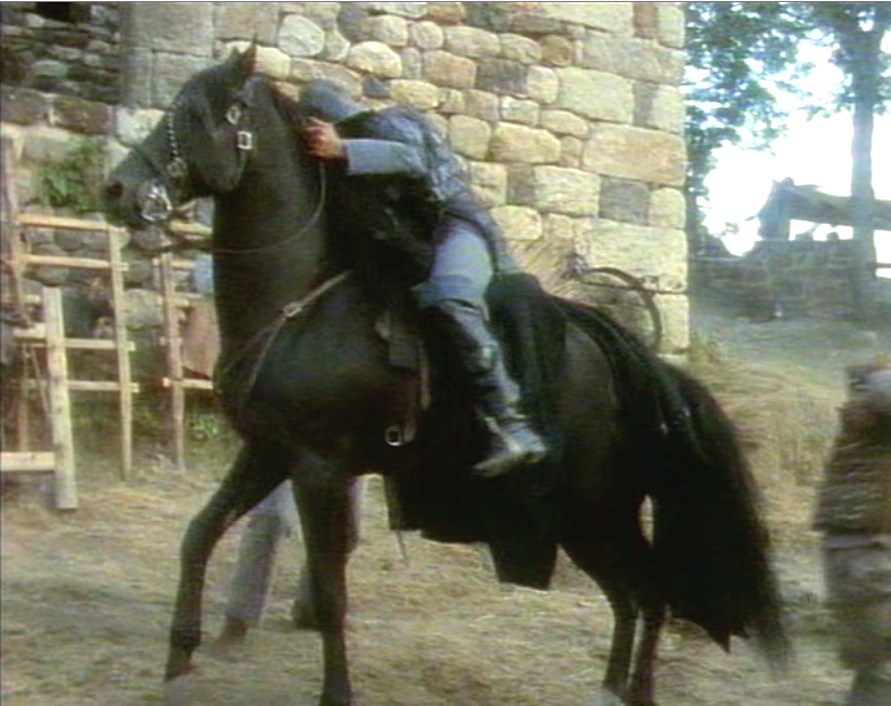
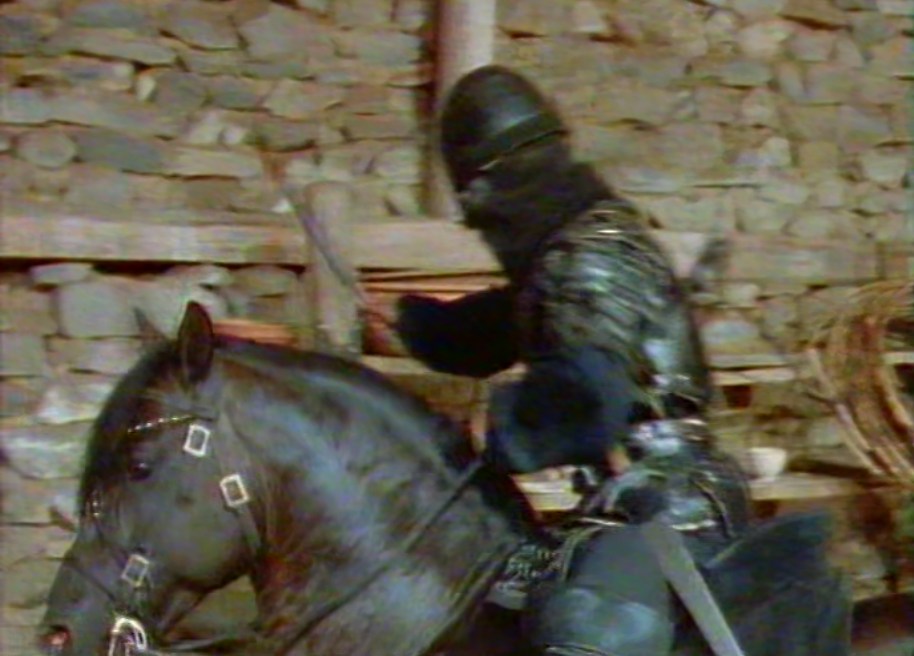
Gessler usually rides Pablo, the black Andalusian with a white spot on his fronthead. For the scene in episode 24 It looks they all have in this shot Friesian horses.
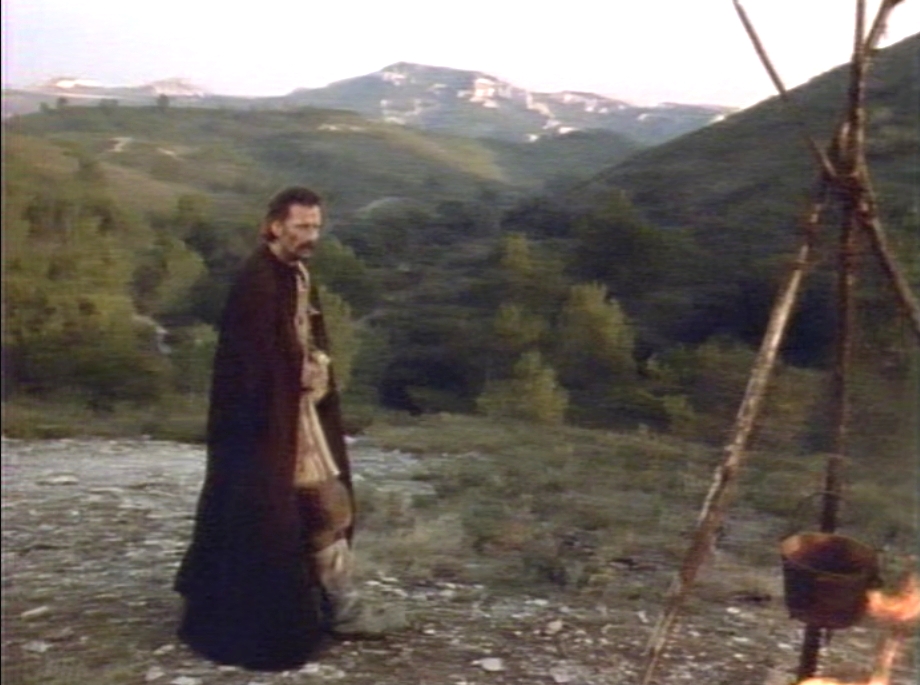
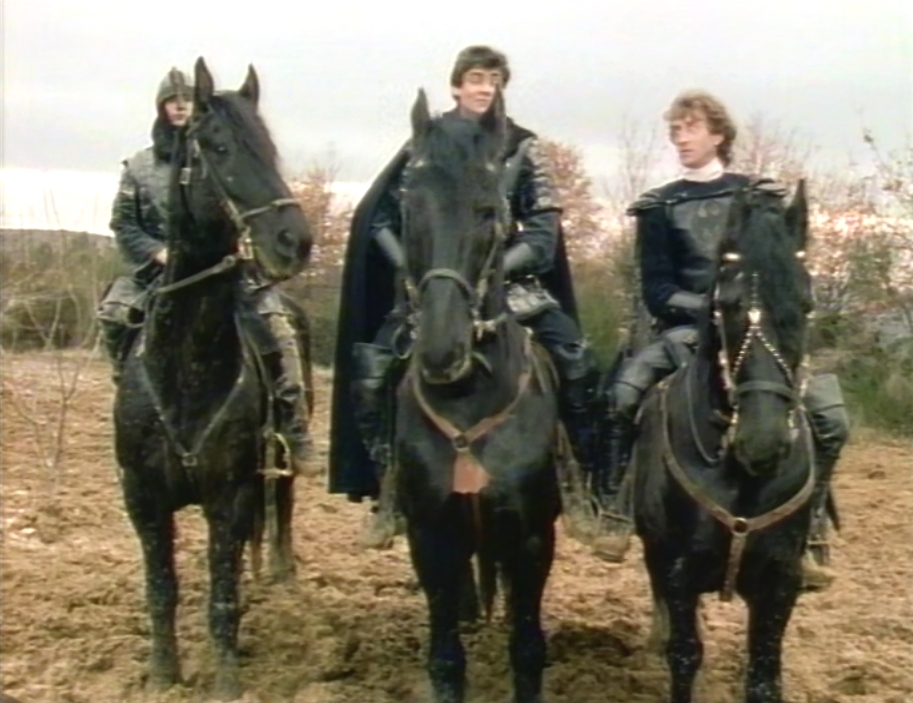
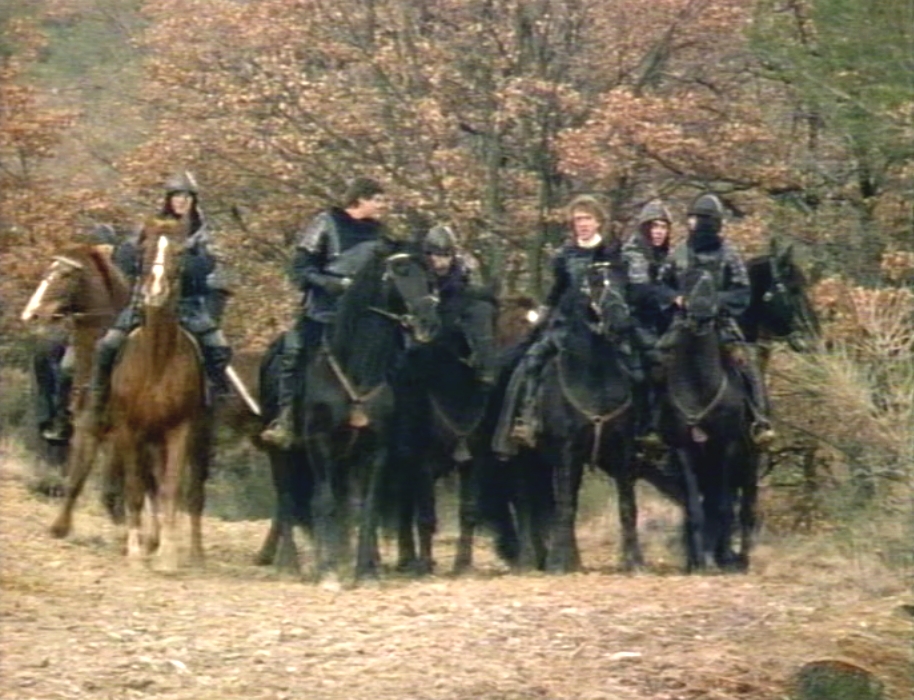
When I made a scereenshot of this scene (Ladyship) I found out Tell doesn't ride on Napolitano but It seems a long maned White Andalusian.
Don't know the reason. When I see Napolitano close to other horses he didn't seem at ease and liked his own private space. This scene was very fast and close to other horses...
Scene from Ladyship Scene from Nightmare
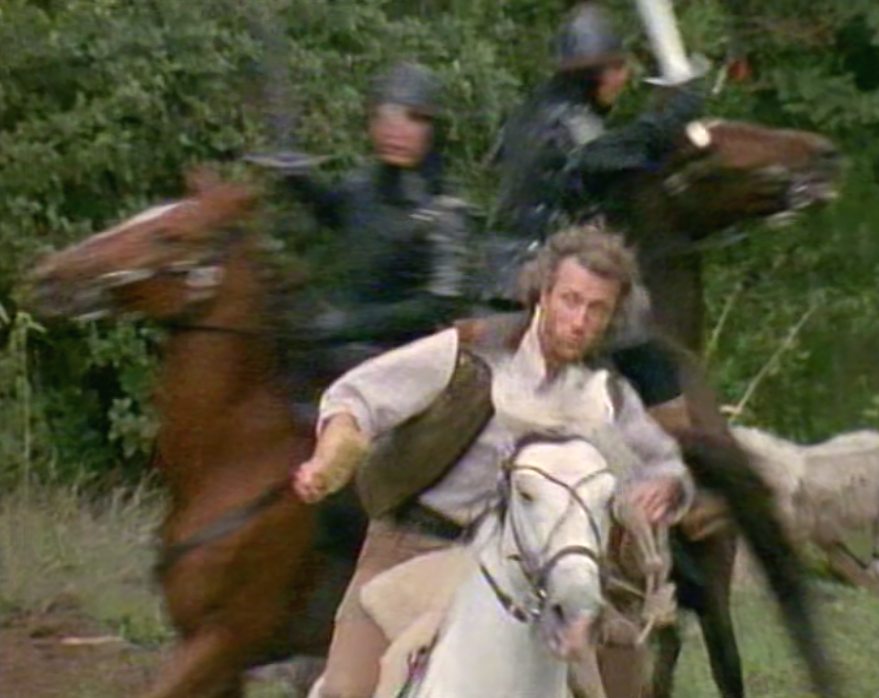
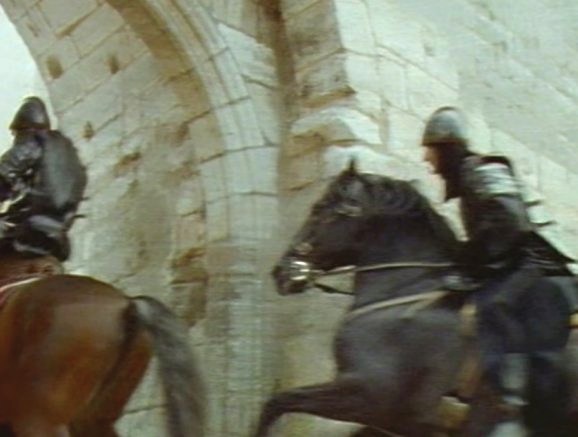
In episode 'The Gods' season 3. The small Arabic horse
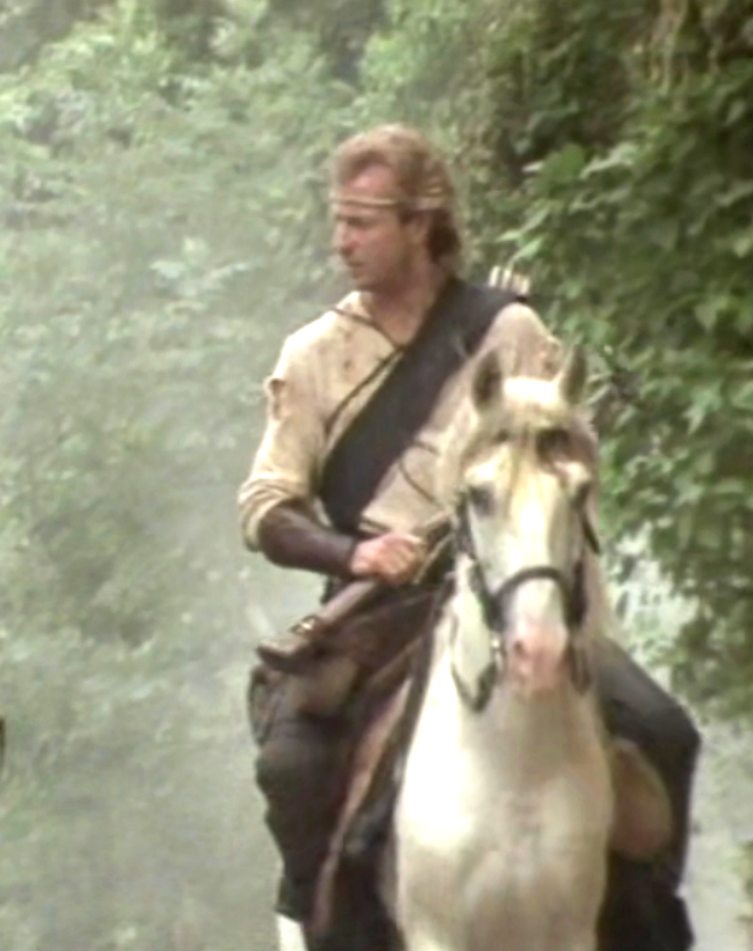
Andalusian
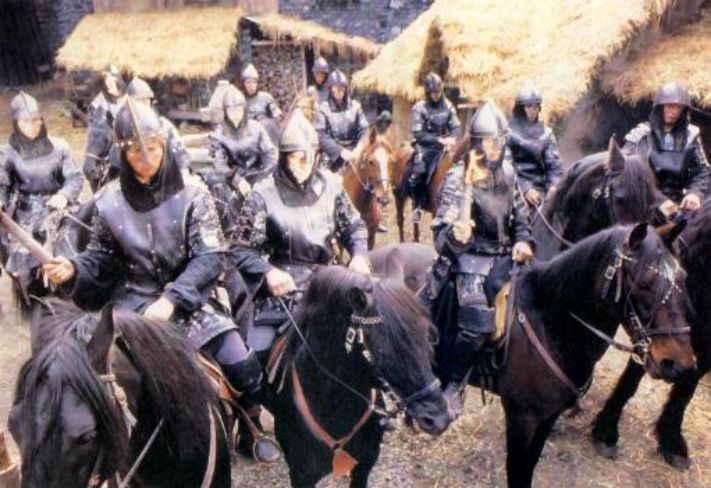
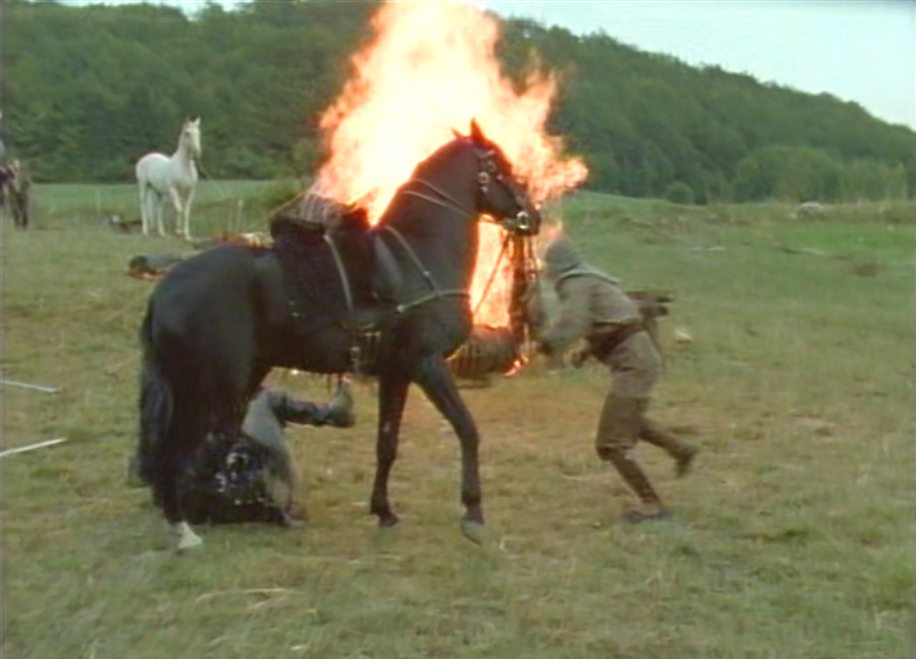
Same scene in 'Nightmare.' Rare shot Tell on a black temperamental Andalusian. While entering the stable (right picture), the horse is changed into a Fresian (socks and movement
is different). I think the Friesian horse is easier to ride with two people, a calmer horse. It just stroke me during making this stills. never noticed it before, even not as a horselover.
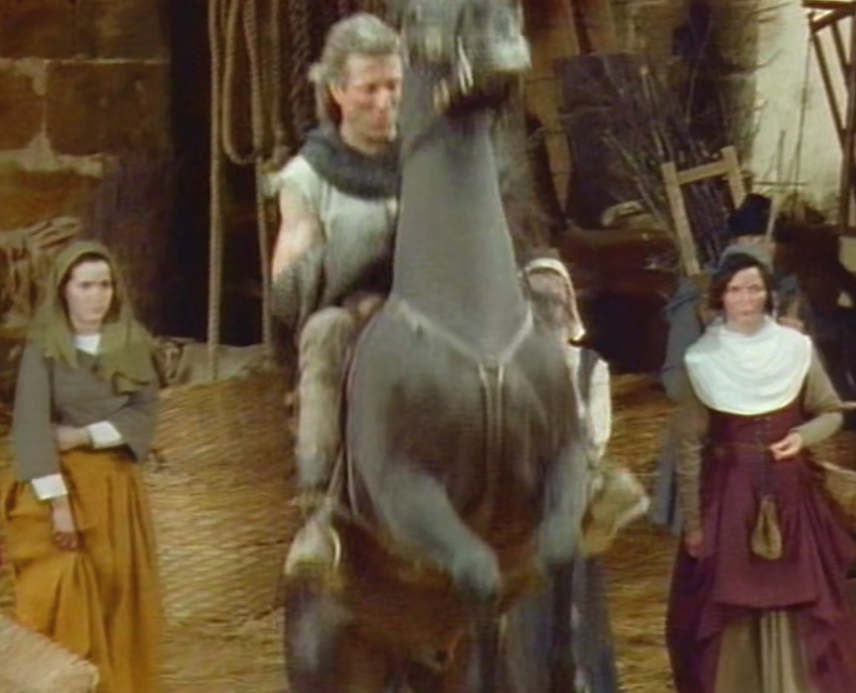
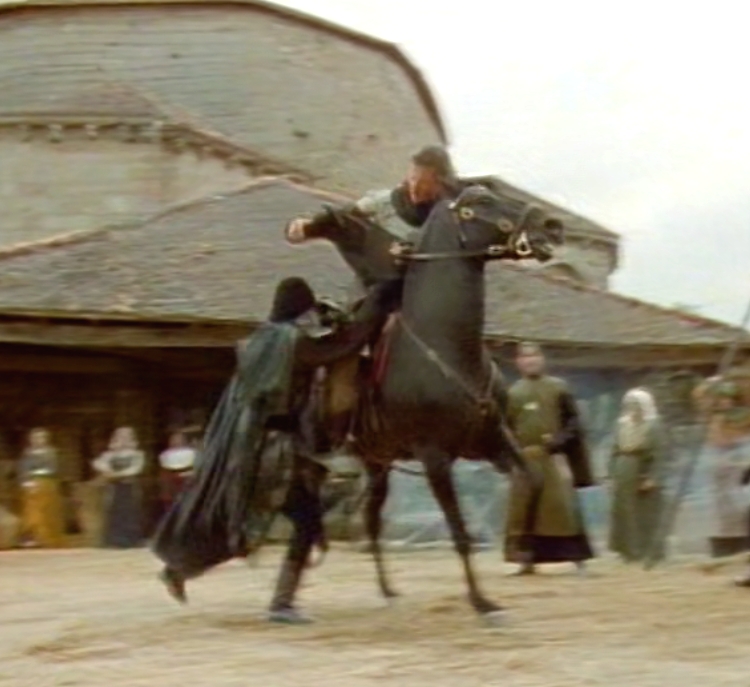
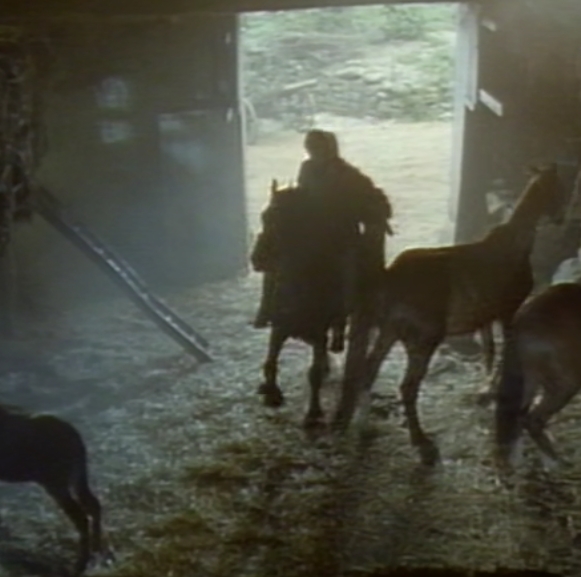
Pablo? Gessler's Andalusian
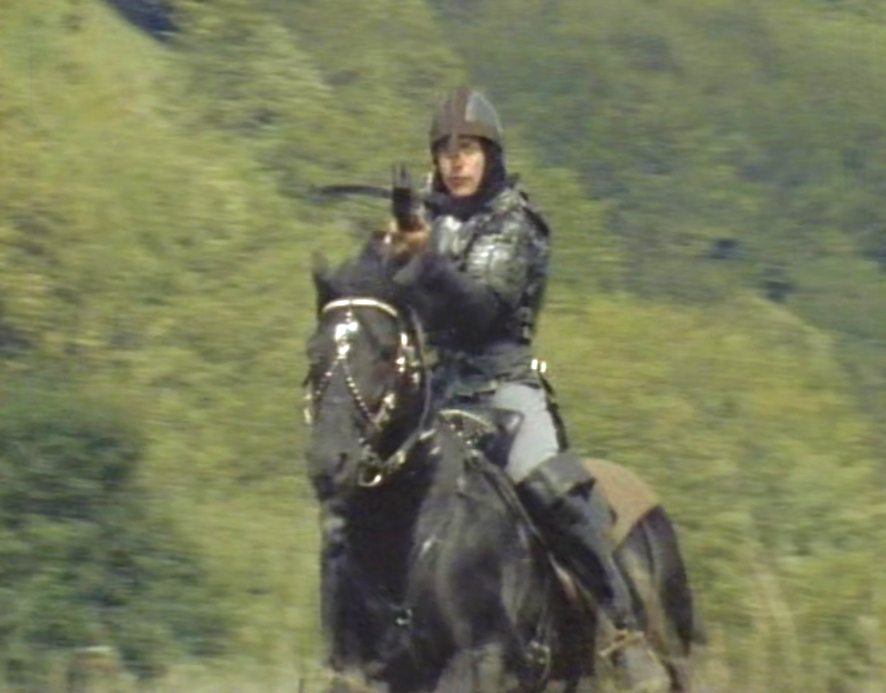
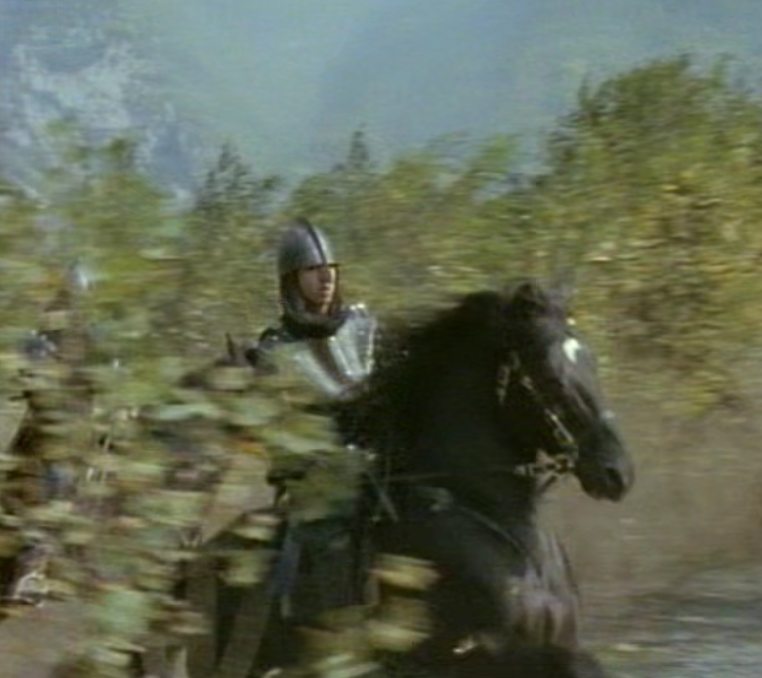
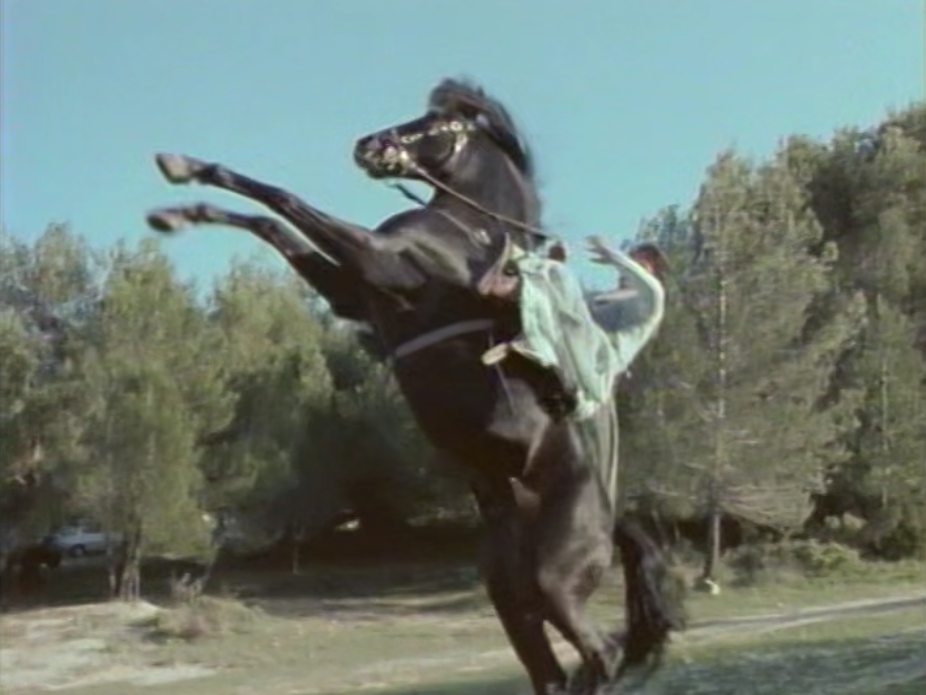
Friesians
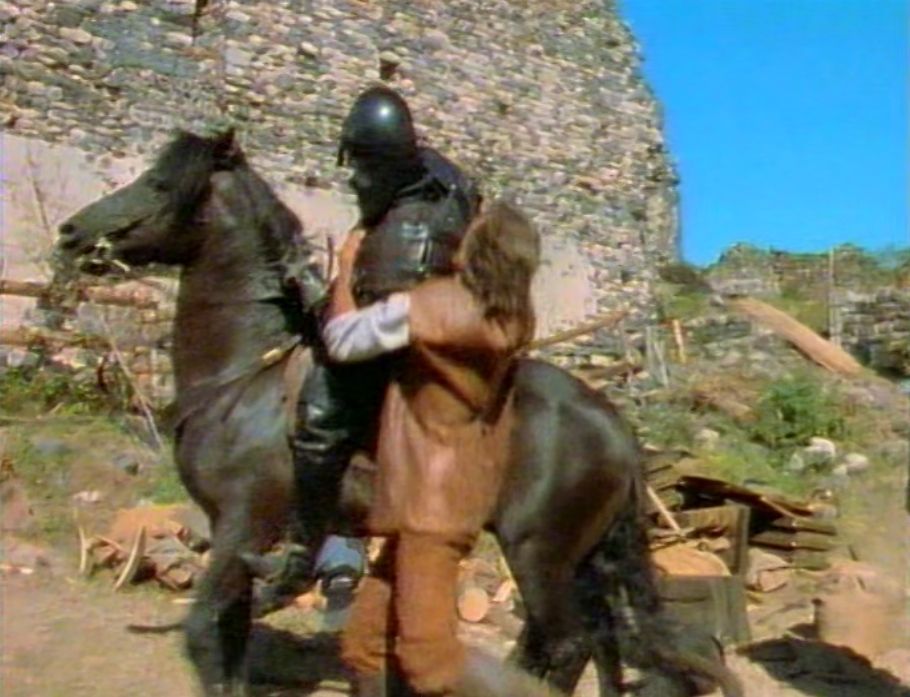
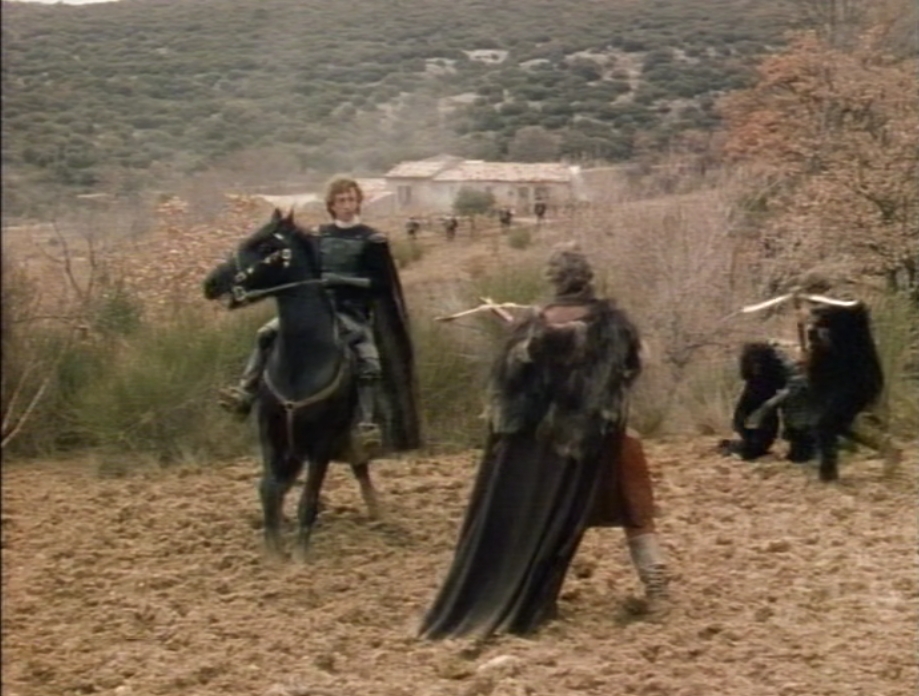

Dana always has a Fresian horse excepting this time in The Misalliance - right picture
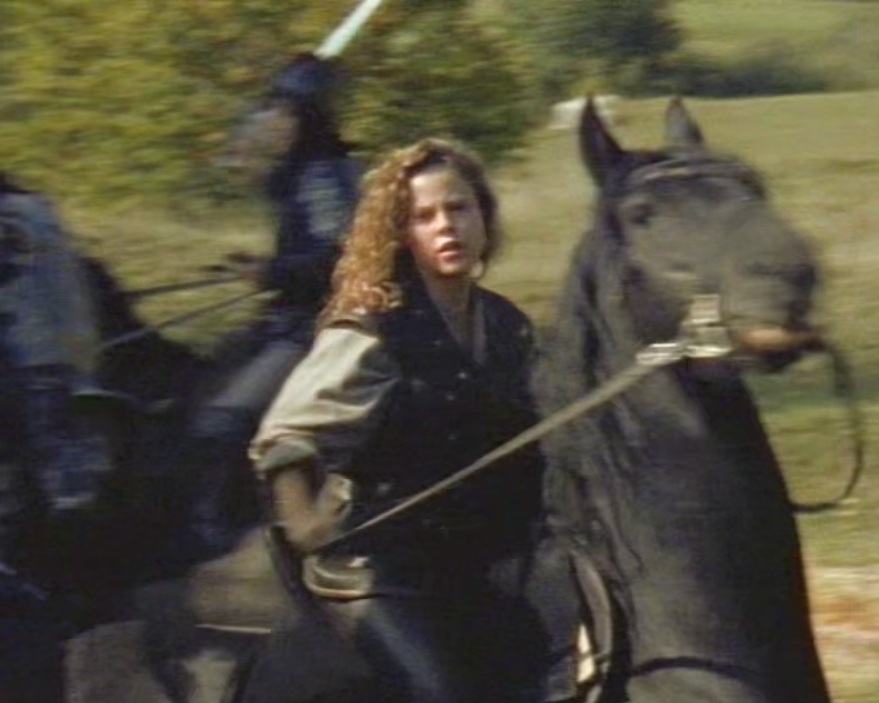
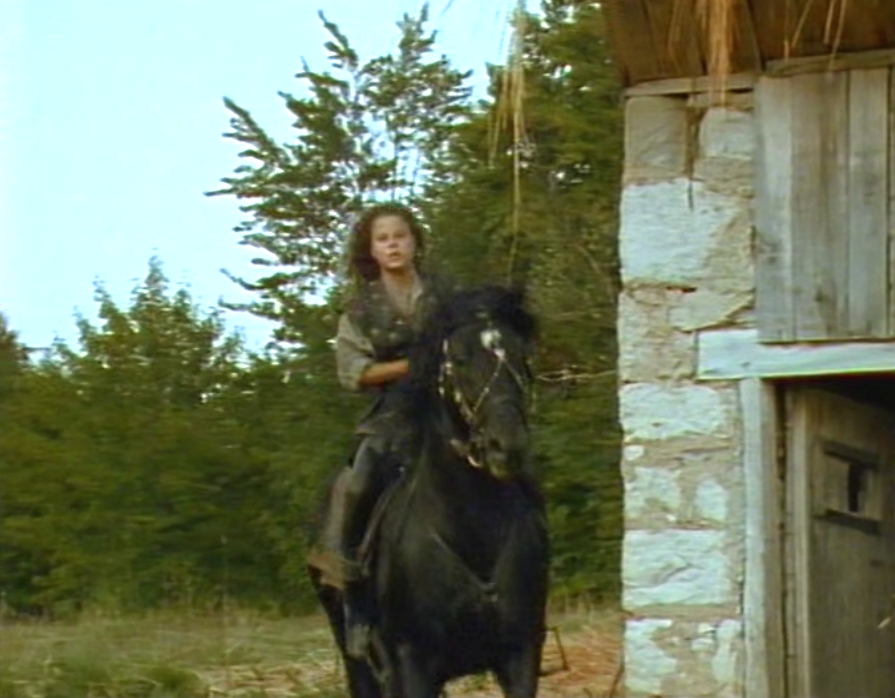
Tell on probably an Andalusian Horse this time?
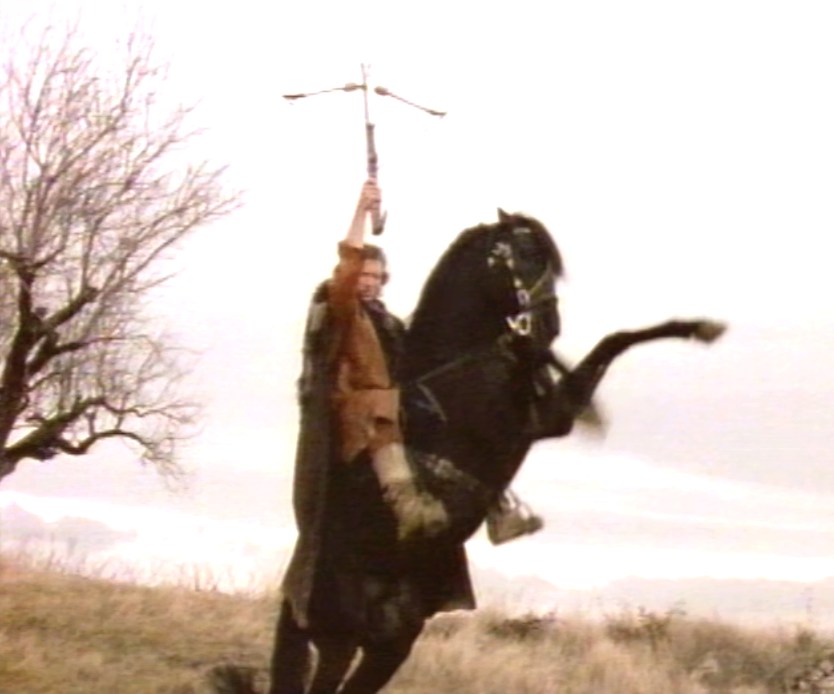
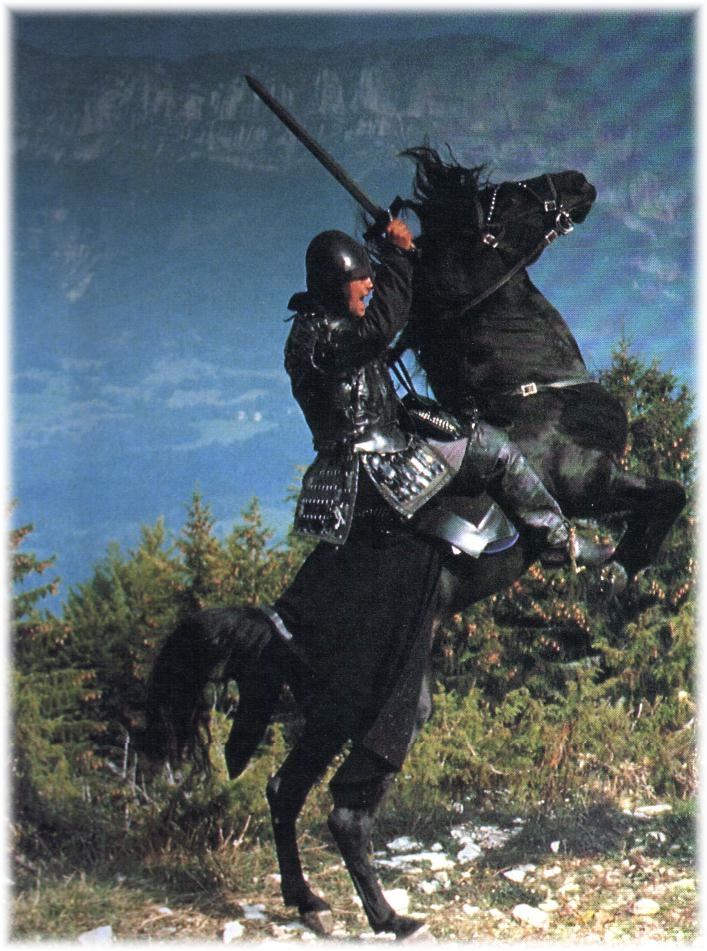
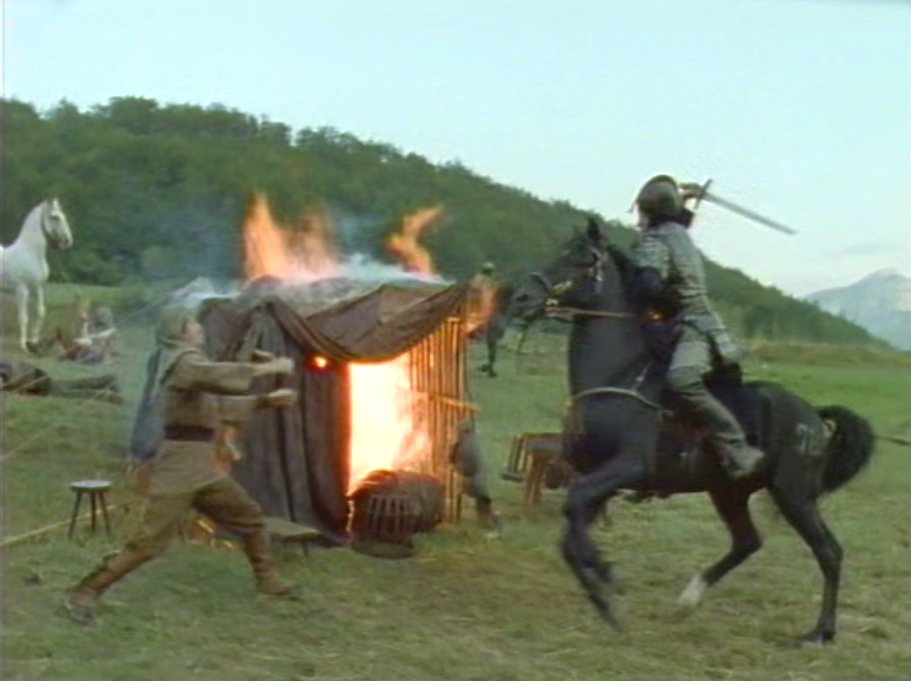
Same episode 2 different horses for Gessler
Andalusian, this horse is eagerly waiting to gallop away. The Frisian: Same episode (The Pass) two different horses for Gessler
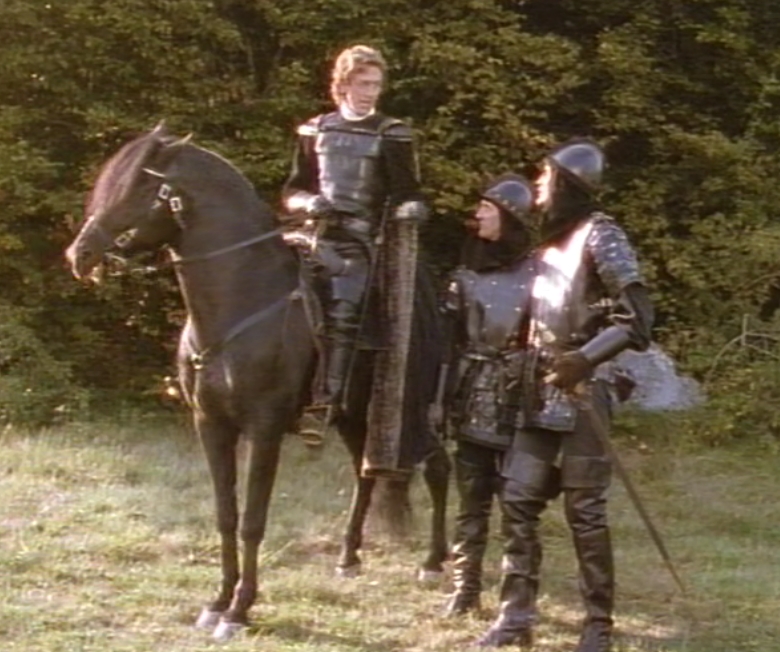
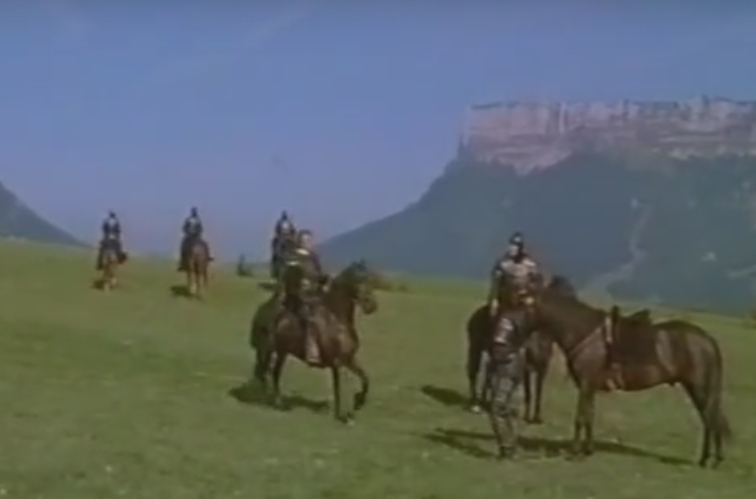
The Frisian is, in my opinion, much easier to controll. It has less temperament than the Andalusian. But the fresian has a wonderful pass, lifting knees like the Andalusian also does,
but more beautiful and slower. The Fresian is a wonderful and very kind and brave horse! Nice to ride for beginners and experienced riders. The Andalusian is in my
opnion only for experienced riders. Click here for the church scene of Ladyhawk, the black Fresian versus the grey gorgious Andalusian
The Friesian actress/model Doutzen Kroes on an Andalusian horse.
Most Andalusians are grey or bay – in fact, in the U.S., 80 percent of the Andalusians are grey. However the registry allows all
colors including buckskin, pearl and cremello. In the past, there were even spotted Andalusians, though they are rare today.